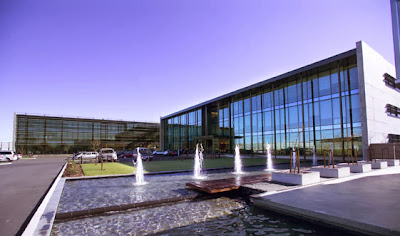Industry experts are
closely monitoring the various attempts by developers across the nation to
revive the realty sector. There have been freebies, huge discounts or
attractive payment options. Yet, the end result was not sufficiently
satisfactory. There is still room for improvement and this is widely agreed to
be the perfect time for implementing effective strategies.
The city of Bhubaneswar
recently came across a viable strategy of focusing more on low-cost houses. The
prices could even be below 6 lakhs, and attracted huge numbers of takers.
A critical concern is the
unsold properties across the nation, and with more and more affordable housing
being built, this could be corrected to a great extent.
One among the recent
surveys pointed at the fact that the nation is in need of more number of budget housing than
luxurious projects.
The state of Odisha seems
to have realized it and in a recent exhibition by Credai, several units were sold
off for around five lakhs.
Several high-end
properties in the city are lying unsold, but there is hope that this is not
going to be the case with low-cost properties, the maximum price for which is
around 20 lakhs.
There are options as well,
the expo had 1 BHK at the above price, whereas 2 bhk came in the range of 13 to
20 lakhs.
The builders are planning
to continue this trend by offering low cost housing in this range in the coming
years. Several such projects are being developed across the city.
This is the first time
that huge numbers of such flats are being offered, and is a timely move that
could have long term impacts.
This move by the state is
an appreciable move, and could very well be adopted by other states as well.
2P6QS97F46TE
2P6QS97F46TE


